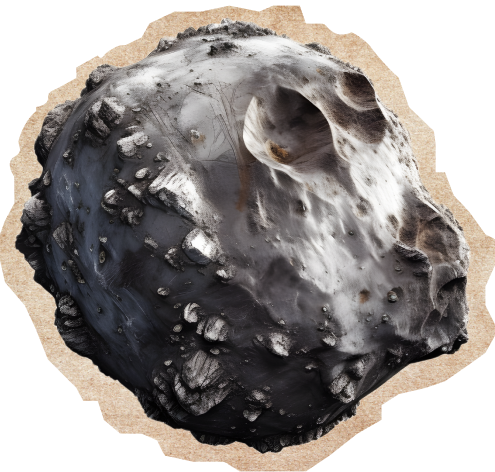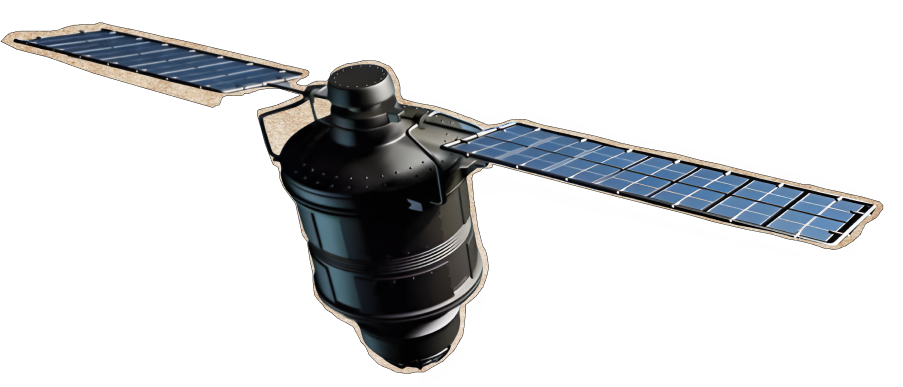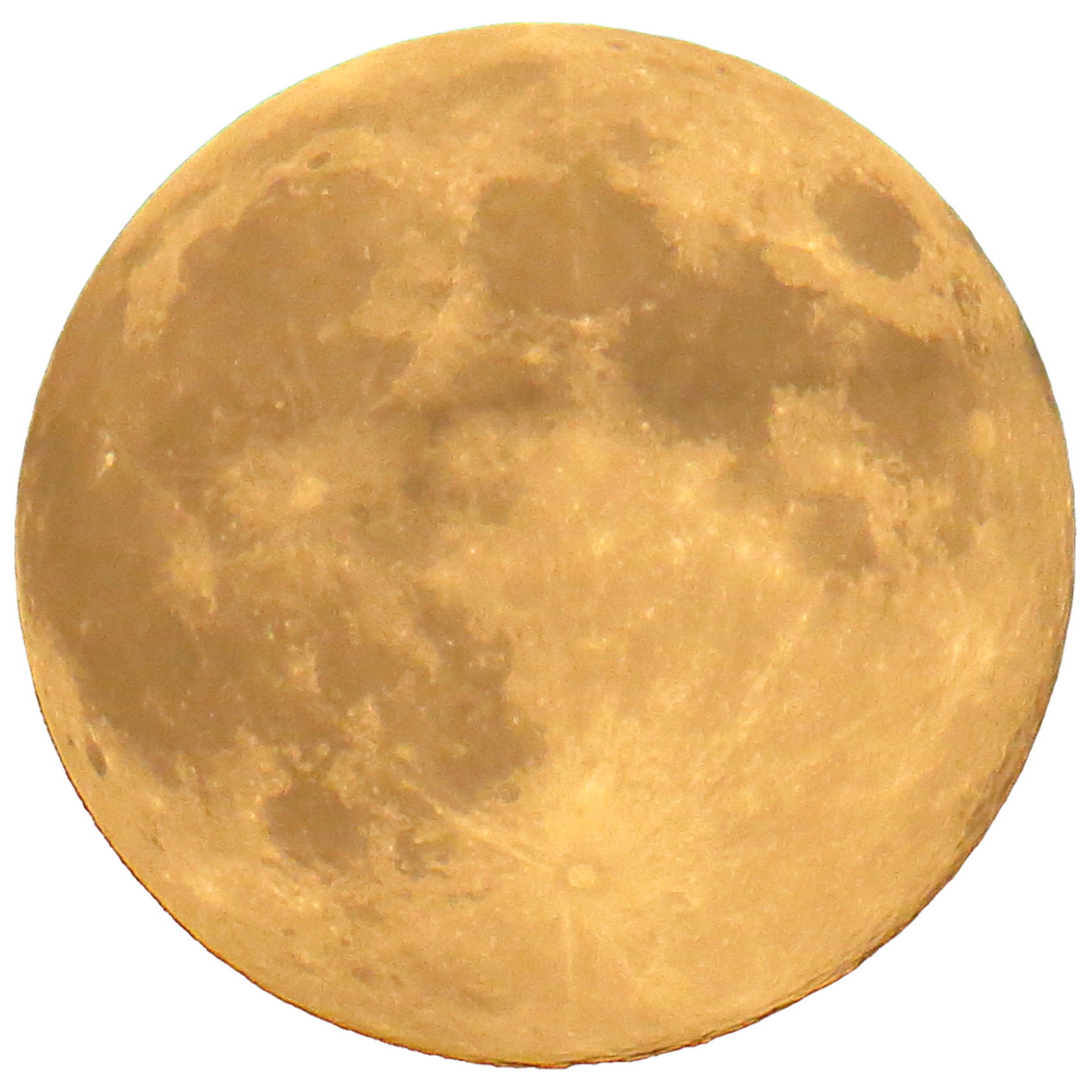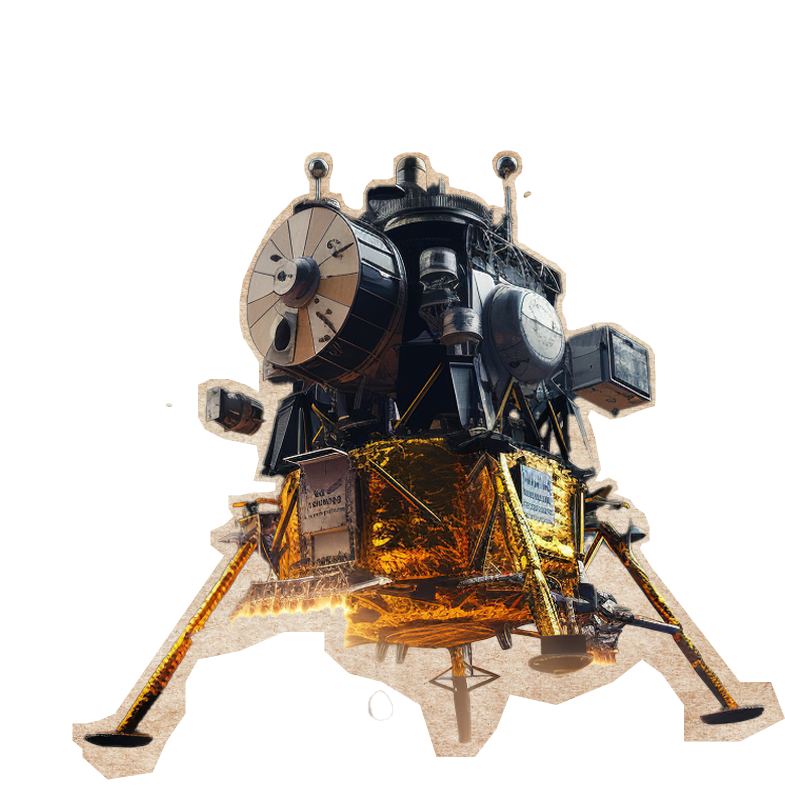The mission life for both the lander and the rover is approximately one lunar day, which is
equivalent to about 14 days on Earth.
The goal is to perform experiments on and analyse the chemical constituents of soil, water, and
rocks on the lunar surface.
And History Was Created
On August 23, 2023, With Chandrayaan-3, India became the first country to soft land a spacecraft near the Moon's South Pole













